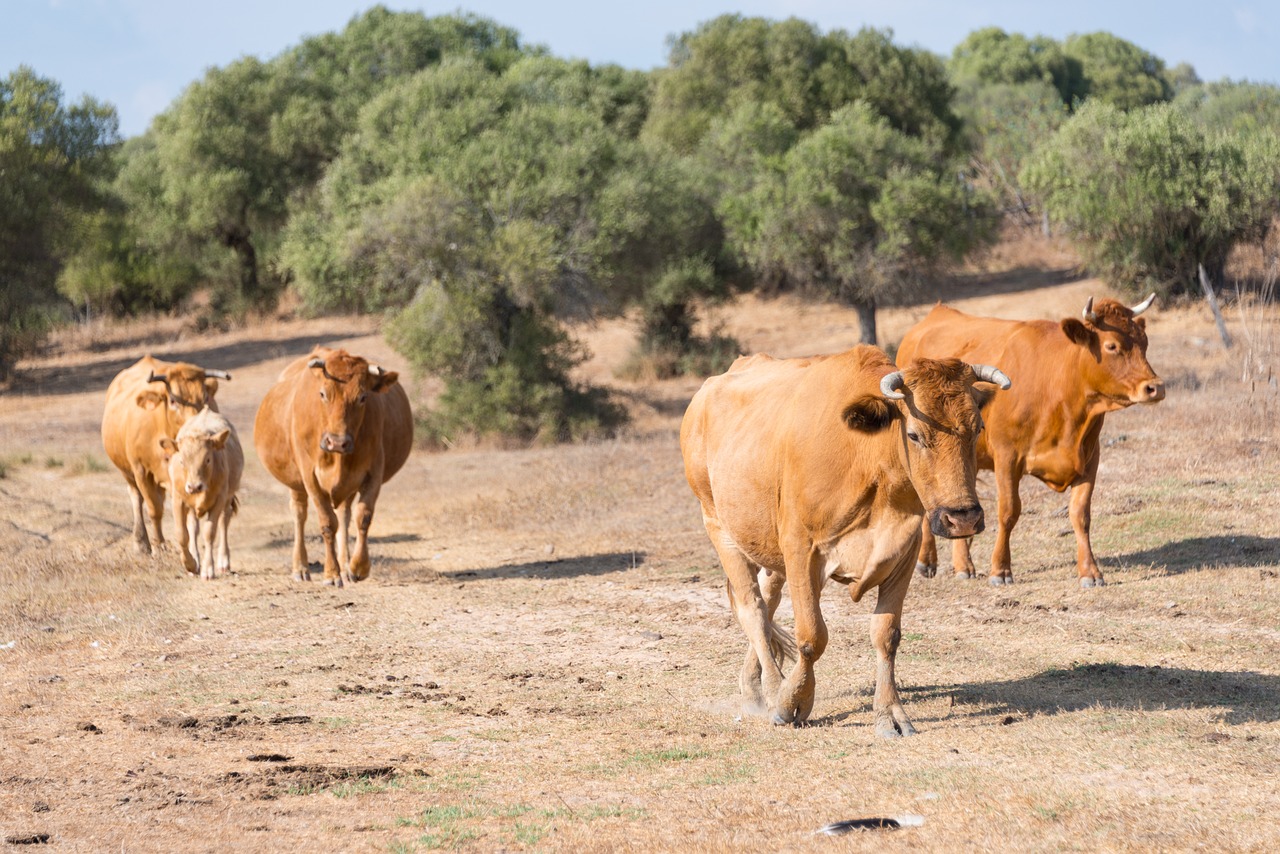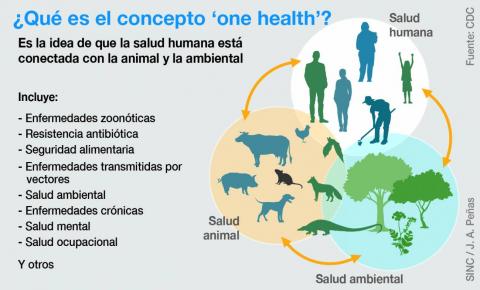Reaction: Epizootic haemorrhagic disease spreads to cattle farms in Spain
Since the first case of epizootic haemorrhagic disease (EHD) in Spain was detected in cattle in November 2022, it has spread among farms in several autonomous communities in dozens of outbreaks. The mosquito-borne disease does not affect humans, but has the potential to cause economic losses.

Javier Ortego - virus vacas EN
Javier Ortego
Researcher at the Centro de Investigación en Sanidad Animal (CISA-INIA/CSIC)
Epizootic haemorrhagic disease (EHD) is a non-contagious infectious disease included in the list of notifiable diseases of the World Organisation for Animal Health (OIE) since 2008. The causative agent of this disease is epizootic haemorrhagic disease virus (EHDV), which is very similar to other viruses of major veterinary and livestock importance, such as bluetongue virus (BTV) and African horse sickness virus (AHSV). EHD affects ruminants, mainly cattle and deer, but the virus can infect sheep, although they do not show clinical signs of disease. The transmission mechanism of EHDV is identical to that of BTV, occurring during feeding by biting midges of the genus Culicoides.
In November 2022, the National Reference Centre for Exotic Diseases in Teramo, Italy, identified EHDV serotype 8 as the causative agent of the outbreaks in affected cattle farms in Sicily and south-western Sardinia. Following the detection of EHDV in Italy, the first outbreaks were detected in southern Spain, localised in Andalusia and Extremadura. The disease, for which there is currently no commercial vaccine, has now been confirmed in almost the entire Iberian Peninsula, with the exception of Catalonia, Galicia, the Canary Islands and the Balearic Islands.
In affected cattle farms, infected animals have shown clinical signs such as fever, lesions of the buccal mucosa, lameness due to inflammation of the coronary girdle and swelling of the tongue, which subside in approximately 15 days, with a mortality of less than 1 %. In the case of deer, not all infected animals develop the disease. In many cases, these animals are asymptomatic or show very mild signs. However, deer showing clinical signs of infection may show fever, weakness, inappetence and loss of flight instinct. With the limited data currently available, mortality in deer is generally below 10 %.
Vaccination is the most effective prophylactic method to control the spread of this disease and, in fact, has successfully contained other similar diseases caused by viruses such as BTV. In the case of EHDV, conventional vaccines have only been marketed in the past in regions where the virus has circulated causing significant economic impact (outside the European Union). Since at least 7 different serotypes of this virus have been described, it would be desirable to develop universal vaccines that protect against all of them. This is the objective we are currently working on in our laboratory at CISA-INIA/CSIC, where we are applying our experience in the development of new generation universal vaccines against BTV and ASFV.
It is necessary to take into account that animals that overcome the EHDV serotype 8 infection currently circulating in the Iberian Peninsula will only be protected against this serotype, but not against the other six serotypes. Furthermore, considering the recurrent circulation of other serotypes in North Africa and the lack of epidemiological data on EHD in these regions, the possibility of entry into Europe of different serotypes is high.



